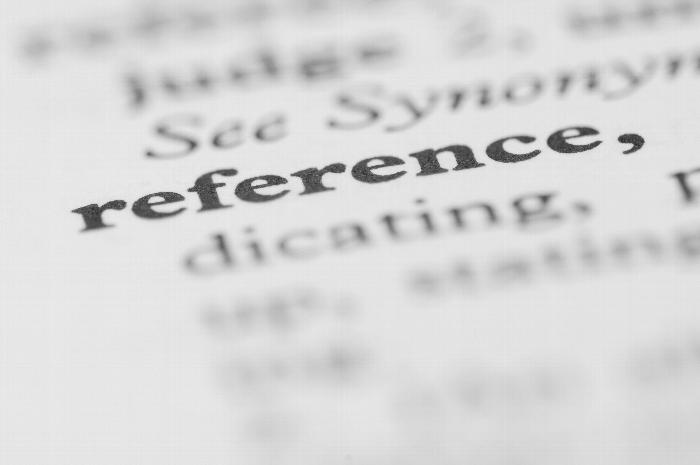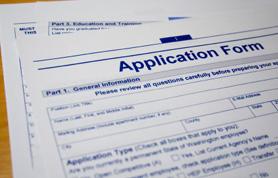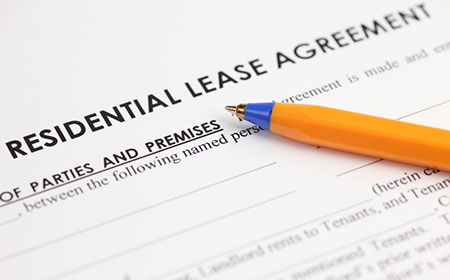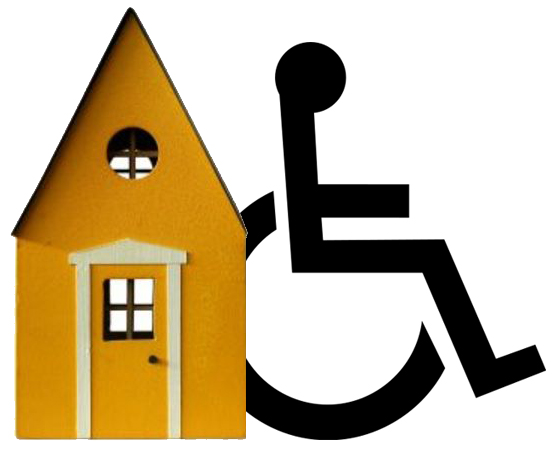When you have a lot of different people all living together in the same place, it’s hard to expect everyone to get along perfectly fine.
For the most part, all of your tenants have different lifestyles and routines, which could may end up causing between them. Consider two separate sets of tenants in different units; you may have a family with a newborn baby living next to someone who’s in a rock band and practices constantly. It’s easy to see how a problem may arise from a situation like this, and why your tenants may end up having some issues with each other. What can you do to fix problems between tenants?
If your tenants come to you with any complaints about other tenants, your first piece of advice to them should be to talk to whoever they are having the issue with. If your tenants don’t tell one another that when they have a problem with something, there’s no way of knowing the problem even exists. If your tenants have already discussed the issue and it has continued, you may want to suggest that they try working with a mediator. The mediator can step in and help them resolve the problem in an organized and fair manner, and can help you avoid getting caught up in all of it. 

 ay that you would expect an honest and detailed reference letter from a possible tenant, you should always be willing to provide your tenants with a reference once they move out. When you’re writing the reference letter, talk about anything that you feel is relevant and valuable to the next landlord. Mention how well your tenant took care of the property, if they paid rent on time, etc. Maybe you want to provide a number where the landlord can reach you at in case they have other questions.
ay that you would expect an honest and detailed reference letter from a possible tenant, you should always be willing to provide your tenants with a reference once they move out. When you’re writing the reference letter, talk about anything that you feel is relevant and valuable to the next landlord. Mention how well your tenant took care of the property, if they paid rent on time, etc. Maybe you want to provide a number where the landlord can reach you at in case they have other questions.



